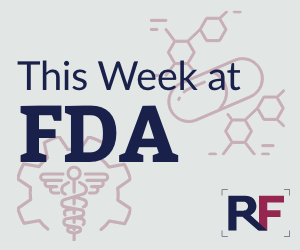Lawmakers voice concerns over FDA’s foreign inspection program
![]() Regulatory News | 06 February 2024 |
Regulatory News | 06 February 2024 |
GAO's Mary Denigan-Macauley
During a congressional hearing on Tuesday, the US Food and Drug Administration (FDA) came under fire from lawmakers over a backlog of inspections of foreign drug manufacturers, delays in initiating unannounced inspections, and vacancies for foreign inspectors.
The hearing of the House Energy and Commerce subcommittee on Oversight and Investigations focused on the frequency and quality of FDA’s foreign drug inspections compared to domestic ones, and challenges to increasing in-person inspections overseas.
“As long as foreign facilities remain uninspected, they pose a risk to quality and safety of life-saving medications that many Americans rely on,” said Rep. Cathy McMorris Rodgers (R-WA) chair of the House Energy and Commerce Committee.
Persistent challenges
Mary Denigan-Macauley, director of health at the US Government Accountability Office (GAO), testified at the hearing about GAO’s many years of work analyzing FDA’s inspection of foreign manufacturing establishments. Starting in fiscal year 1997, GAO raised concerns about the effectiveness of FDA’s oversight of the global supply chain, including how few inspections the agency historically conducted overseas, a lack of knowledge by the agency about how many foreign drug establishments needed to be inspected, and persistent workforce challenges.
Over the years, FDA has made progress in increasing foreign inspections and in gaining a “better understanding of which drug establishments need to be inspected,” Denigan-Macauley said. The agency also better aligned inspections to occur in the countries where more drug manufacturing was occurring, specifically India and China. “While we applaud this progress, challenges remain,” she said.
One of the major challenges is the recruitment and retention of an overseas inspection workforce. FDA has introduced initiatives over the years to boost recruitment and retention, but vacancies are a persistent problem that is driving down the number of inspections the agency can conduct, Denigan-Macauley said.
During the COVID-19 pandemic, when travel restrictions limited in-person inspections overseas, FDA tried to continue its oversight responsibilities by relying on inspections conducted by foreign regulators, requesting and reviewing records by manufacturers, and sampling products at the border. “But these efforts could not fully replace an on-site inspection. As a result, FDA faces a backlog,” Denigan-Macauley said.
Additionally, GAO continues to have concerns that inspections conducted overseas are still not equivalent to those conducted in the US. Denigan-Macauley said FDA’s practice of “relying on interpreters provided by the foreign establishment being inspected raises serious concerns about the accuracy of information being gathered.”
Another difference between US and foreign inspections is that domestic inspections are generally unannounced while foreign establishments may receive up to 12 weeks of advance notice of an inspection. This allows foreign operators the chance to correct problems before FDA arrives, Denigan-Macauley said. “As a result, investigators are less likely to see the true day-to-day operating environment, as they do here in the United States,” she said.
FDA has been working to address these issues, Denigan-Macauley said. The agency has completed phase 1 of an unannounced inspection pilot program in India and is beginning phase 1 of the program in China, she said.
Alternative tools criticized
McMorris Rodgers said the COVID-19 pandemic “made an already bad situation worse” on foreign drug inspections, calling alternative inspection methods, such as virtual inspections, record reviews, and reliance on home-country regulators, inadequate to oversee foreign drug operations.
“These tools are no substitute for in-person inspections, given the risk of coverup and fraud,” she said.
Rep. Morgan Griffith (R-VA), chairman of the Oversight and Investigations Subcommittee, said he was open to creative solutions but questioned the completeness of remote inspections of foreign facilities. “My concern is you can’t see, in the Zoom, the rats scurrying across the floor,” he said.
During the hearing, Griffith also floated the idea of using already allocated funding to hire “preliminary inspectors” to help deal with the current workforce challenges. These inspectors would not meet the same credentials as FDA’s foreign inspection force but could provide coverage of a greater number of overseas facilities and help to prioritize full inspections by providing preliminary information on hygiene and cleanliness, he explained.
Rep. Frank Pallone (D- NJ), ranking member of the House Energy and Commerce Committee, defended the FDA, saying the agency needs funding and authority from Congress to carry out its mission. “If they have challenges, then the way to deal with it is to give them more tools and to give them more money so they can hire more staff,” he said.
Pallone pointed out that FDA still lacks critical tools to prevent public health threats from entering the US market. For example, there are gaps in FDA’s ability to monitor the drug supply chain because the agency does not have full visibility into the sourcing of key active pharmaceutical ingredients for important drugs.
FDA has requested new authority to conduct remote inspections, which could include livestreaming videos of plant operations, teleconferences and screen sharing technologies, Pallone said. “These proposals would allow FDA to protect the public health when it’s capacity for in-person inspections is stretched thin, like during public health emergencies,” he said.
FDA said it did not receive a formal invitation to testify at the hearing.
“We understand the importance of our foreign inspection program to the health and safety of the American public and the agency has been responsive to the Committee’s inquiries on this issue. We will continue to engage with any specific questions they have on this or related topics,” an FDA spokesperson told Focus.
Foreign drug manufacturing hearing
GAO testimony
The hearing of the House Energy and Commerce subcommittee on Oversight and Investigations focused on the frequency and quality of FDA’s foreign drug inspections compared to domestic ones, and challenges to increasing in-person inspections overseas.
“As long as foreign facilities remain uninspected, they pose a risk to quality and safety of life-saving medications that many Americans rely on,” said Rep. Cathy McMorris Rodgers (R-WA) chair of the House Energy and Commerce Committee.
Persistent challenges
Mary Denigan-Macauley, director of health at the US Government Accountability Office (GAO), testified at the hearing about GAO’s many years of work analyzing FDA’s inspection of foreign manufacturing establishments. Starting in fiscal year 1997, GAO raised concerns about the effectiveness of FDA’s oversight of the global supply chain, including how few inspections the agency historically conducted overseas, a lack of knowledge by the agency about how many foreign drug establishments needed to be inspected, and persistent workforce challenges.
Over the years, FDA has made progress in increasing foreign inspections and in gaining a “better understanding of which drug establishments need to be inspected,” Denigan-Macauley said. The agency also better aligned inspections to occur in the countries where more drug manufacturing was occurring, specifically India and China. “While we applaud this progress, challenges remain,” she said.
One of the major challenges is the recruitment and retention of an overseas inspection workforce. FDA has introduced initiatives over the years to boost recruitment and retention, but vacancies are a persistent problem that is driving down the number of inspections the agency can conduct, Denigan-Macauley said.
During the COVID-19 pandemic, when travel restrictions limited in-person inspections overseas, FDA tried to continue its oversight responsibilities by relying on inspections conducted by foreign regulators, requesting and reviewing records by manufacturers, and sampling products at the border. “But these efforts could not fully replace an on-site inspection. As a result, FDA faces a backlog,” Denigan-Macauley said.
Additionally, GAO continues to have concerns that inspections conducted overseas are still not equivalent to those conducted in the US. Denigan-Macauley said FDA’s practice of “relying on interpreters provided by the foreign establishment being inspected raises serious concerns about the accuracy of information being gathered.”
Another difference between US and foreign inspections is that domestic inspections are generally unannounced while foreign establishments may receive up to 12 weeks of advance notice of an inspection. This allows foreign operators the chance to correct problems before FDA arrives, Denigan-Macauley said. “As a result, investigators are less likely to see the true day-to-day operating environment, as they do here in the United States,” she said.
FDA has been working to address these issues, Denigan-Macauley said. The agency has completed phase 1 of an unannounced inspection pilot program in India and is beginning phase 1 of the program in China, she said.
Alternative tools criticized
McMorris Rodgers said the COVID-19 pandemic “made an already bad situation worse” on foreign drug inspections, calling alternative inspection methods, such as virtual inspections, record reviews, and reliance on home-country regulators, inadequate to oversee foreign drug operations.
“These tools are no substitute for in-person inspections, given the risk of coverup and fraud,” she said.
Rep. Morgan Griffith (R-VA), chairman of the Oversight and Investigations Subcommittee, said he was open to creative solutions but questioned the completeness of remote inspections of foreign facilities. “My concern is you can’t see, in the Zoom, the rats scurrying across the floor,” he said.
During the hearing, Griffith also floated the idea of using already allocated funding to hire “preliminary inspectors” to help deal with the current workforce challenges. These inspectors would not meet the same credentials as FDA’s foreign inspection force but could provide coverage of a greater number of overseas facilities and help to prioritize full inspections by providing preliminary information on hygiene and cleanliness, he explained.
Rep. Frank Pallone (D- NJ), ranking member of the House Energy and Commerce Committee, defended the FDA, saying the agency needs funding and authority from Congress to carry out its mission. “If they have challenges, then the way to deal with it is to give them more tools and to give them more money so they can hire more staff,” he said.
Pallone pointed out that FDA still lacks critical tools to prevent public health threats from entering the US market. For example, there are gaps in FDA’s ability to monitor the drug supply chain because the agency does not have full visibility into the sourcing of key active pharmaceutical ingredients for important drugs.
FDA has requested new authority to conduct remote inspections, which could include livestreaming videos of plant operations, teleconferences and screen sharing technologies, Pallone said. “These proposals would allow FDA to protect the public health when it’s capacity for in-person inspections is stretched thin, like during public health emergencies,” he said.
FDA said it did not receive a formal invitation to testify at the hearing.
“We understand the importance of our foreign inspection program to the health and safety of the American public and the agency has been responsive to the Committee’s inquiries on this issue. We will continue to engage with any specific questions they have on this or related topics,” an FDA spokesperson told Focus.
Foreign drug manufacturing hearing
GAO testimony
© 2025 Regulatory Affairs Professionals Society.

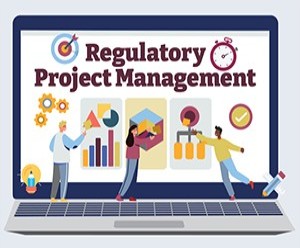


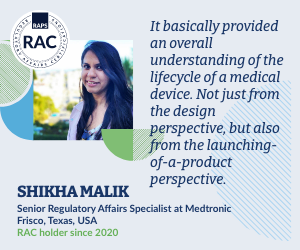
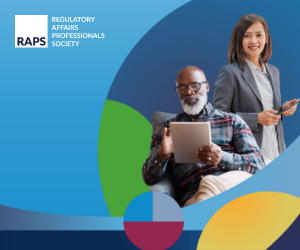
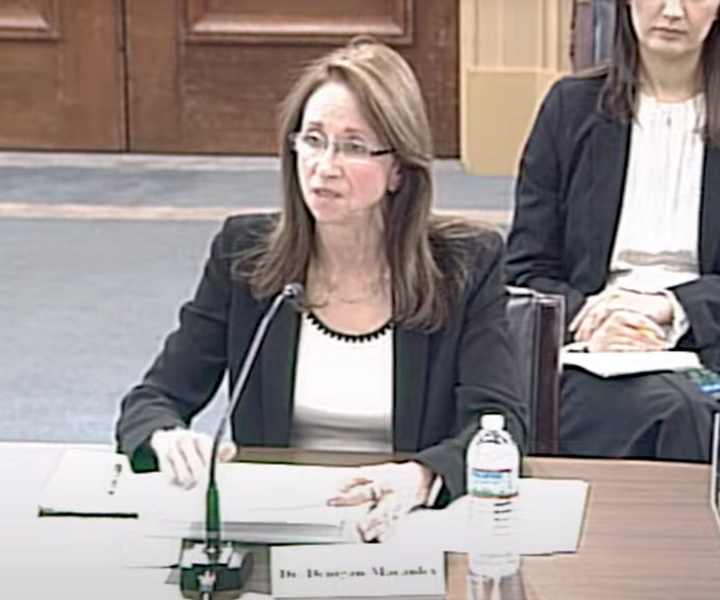



![Regulation of US & EU Biologics [5.0 RAC]](https://my.raps.org:443/images/974db5ab-a3c6-4823-b841-66e66342b38c.img?resize=yes)



